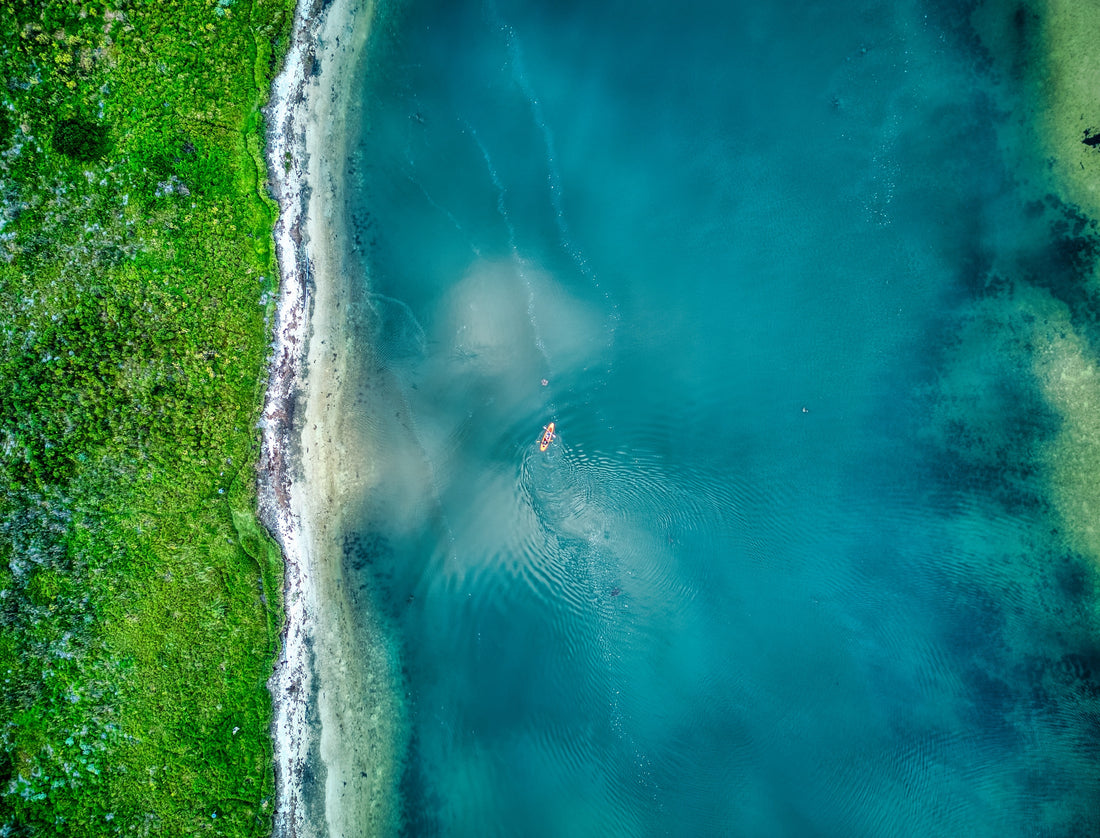
Kayaking and canoeing are exciting outdoor activities that allow you to explore serene lakes, rushing rivers, and breathtaking coastlines. However, before you embark on your aquatic adventure, it's crucial to prioritize safety. This comprehensive guide will walk you through the essential safety gear for kayaking and canoeing, providing specialized information to ensure your waterborne journey is both enjoyable and secure.
-
Personal Flotation Device (PFD): Your Lifesaver
When it comes to water sports, safety begins with the right personal flotation device (PFD). This device is your lifeline in case of an emergency. Choose a PFD specifically designed for kayaking or canoeing, ensuring it's Coast Guard-approved and properly fitted. It should snugly fit your body and stay fastened throughout your excursion.
-
Helmets for Whitewater Adventures
If you're planning to paddle in whitewater or turbulent conditions, a helmet is non-negotiable. Whitewater helmets are designed to protect your head from impacts with rocks and underwater obstacles. Make sure it's a snug fit and properly adjusted before hitting the rapids.
-
Spray Skirt: Keeping Dry in Sit-Inside Kayaks
For sit-inside kayaks, a spray skirt is essential. It covers the cockpit, preventing water from entering the kayak. Before launching, securely attach the skirt to the cockpit coaming. Ensure you can quickly release it in case of a capsize.
-
Bilge Pump: Keeping Your Kayak Dry
A bilge pump is a handy tool for removing water from your kayak in case it gets inside. To use it effectively, insert the pump into the cockpit and pump out any accumulated water. Keep the pump accessible during your journey.
-
Paddle Float for Self-Rescue
In the event of a capsize, a paddle float becomes your best friend. Inflate the float and attach it to the end of your paddle. Use it as an outrigger to stabilize your kayak while re-entering. Practicing this skill in calm waters is essential for your safety.
-
Whistle: The Sound of Safety
A whistle is a simple yet effective signaling device. Attach it to your PFD or kayak, ensuring it's easily reachable. Use short blasts to signal for help or to alert others in your group.
-
Navigation Equipment: Finding Your Way
Navigating while kayaking or canoeing requires the right tools. Carry a map, compass, or GPS device and learn how to use them before embarking on your journey. These tools will help you avoid getting lost on the water.
-
Tow Rope for Group Kayaking
When kayaking with a group, a tow rope can be invaluable for assisting others or receiving help. Learn how to attach and use it safely, and communicate with your paddling companions about how to assist each other in case of emergencies.
-
First Aid Kit: Your Emergency Lifesaver
A basic first aid kit in a waterproof container is a must-have. Learn how to use its contents for minor injuries or emergencies. Be prepared to treat cuts, scrapes, and other common outdoor injuries.
-
Communication Device: Staying Connected
Stay connected with the outside world by carrying a waterproof, floating radio or a waterproof case for your phone. Ensure you know how to use it and have a means of charging it if necessary. In emergencies, reliable communication can be a lifesaver.
-
Safety Float Bags: Keeping Your Kayak Afloat
Safety float bags, placed in the bow and stern compartments of your kayak, help keep it afloat in case of a capsize. Make sure they are properly secured before your trip to maintain buoyancy.
-
Sun Protection and Proper Clothing
Protect yourself from the elements by wearing sunblock, sunglasses, and a wide-brimmed hat to shield against UV rays. Additionally, dress appropriately for the water temperature and weather conditions, opting for moisture-wicking, quick-drying clothing and layered outfits.
-
Knowledge and Training: Your Best Defense
Before setting out on your kayaking or canoeing adventure, take lessons to learn paddling techniques and rescue skills. Understanding the water conditions, tides, and weather forecast for your chosen area is also crucial for a safe trip.
-
Float Plan and Emergency Contacts
Prioritize your safety by leaving a float plan with a trusted friend or family member, detailing your trip itinerary, including launch and return times. Additionally, keep a list of emergency contacts and relevant local authorities' phone numbers in a waterproof container.
By following this comprehensive guide to essential safety gear for kayaking and canoeing, you'll be well-prepared to enjoy your waterborne adventures while ensuring your safety remains a top priority. Whether you're exploring calm lakes or tackling challenging whitewater, these safety precautions and specialized equipment will help you have a memorable and secure experience on the water. Happy paddling!
